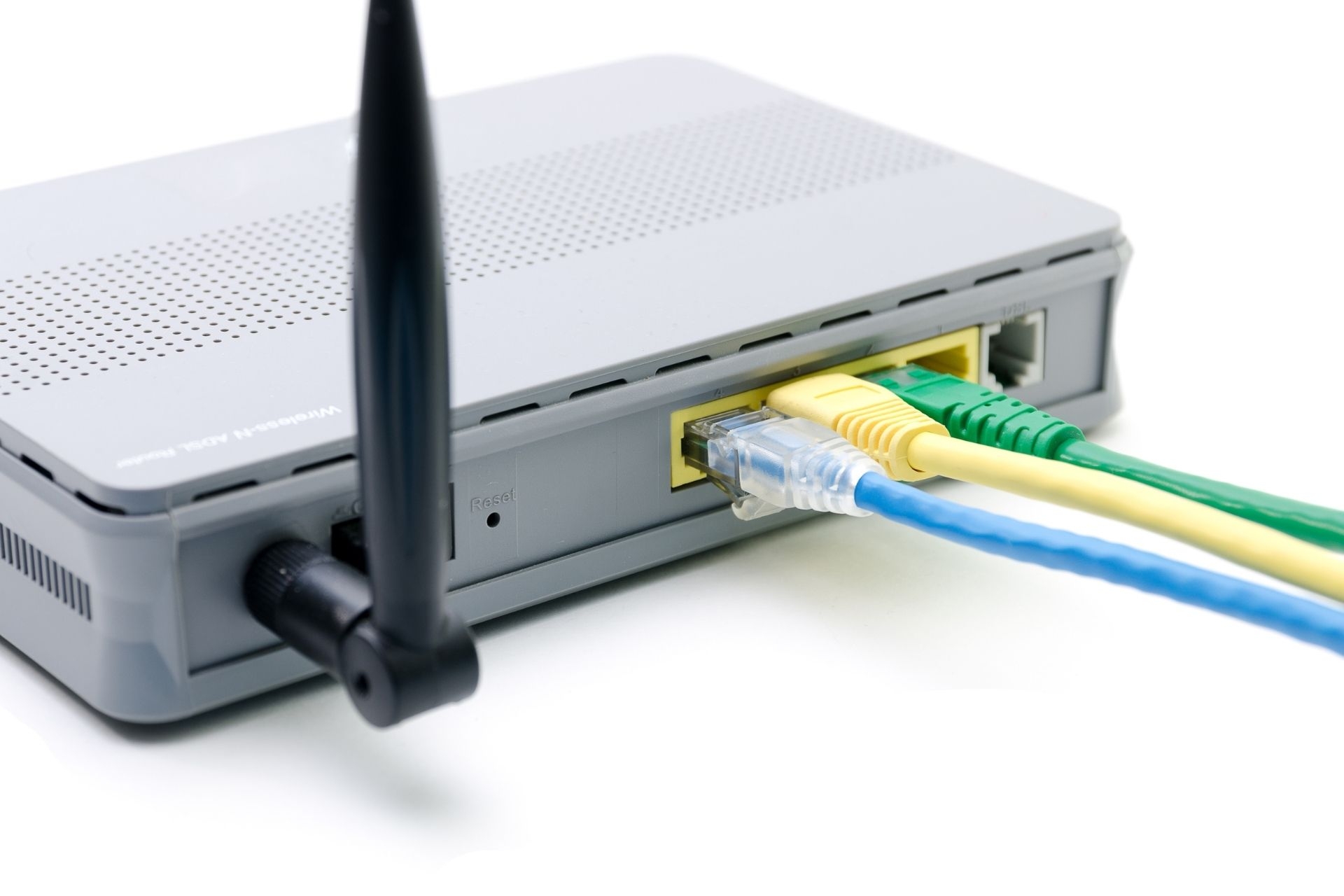

Network packet capture is the process of capturing and analyzing the data packets that are transmitted over a network. It involves capturing the packets as they travel through the network and storing them for later analysis. This is typically done using specialized software or hardware devices called packet capture tools. These tools intercept the packets and record their contents, including the source and destination addresses, protocols used, and the actual data being transmitted. Network packet capture works by placing the capturing device in the path of the network traffic, allowing it to intercept and record the packets as they pass through.
There are several main reasons for capturing network packets. One of the primary reasons is troubleshooting network issues. By capturing and analyzing the packets, network administrators can identify and diagnose problems such as network congestion, packet loss, or misconfigurations. Another reason is for network security purposes. Capturing packets can help detect and investigate potential security breaches, such as unauthorized access attempts or malicious activities. Network packet capture is also used for network performance analysis, allowing administrators to monitor and optimize the performance of their networks. Additionally, packet capture can be used for compliance and auditing purposes, as it provides a detailed record of network activity.
There are several common tools used for network packet capture. Wireshark is one of the most popular and widely used packet capture tools. It is an open-source software that allows users to capture, analyze, and display network packets in real-time. Tcpdump is another commonly used command-line tool for packet capture. It is available on various operating systems and provides powerful filtering and analysis capabilities. Other tools include Microsoft Network Monitor, Colasoft Capsa, and SolarWinds Network Performance Monitor.

Network packet capture can be used for troubleshooting network issues by providing valuable insights into the behavior of the network. When a network problem occurs, capturing packets allows administrators to examine the packets involved in the communication and identify any anomalies or errors. By analyzing the captured packets, administrators can determine the source of the problem, whether it is a misconfiguration, a faulty device, or a network congestion issue. Packet capture can also help in identifying patterns or trends that may be causing performance issues, allowing administrators to make informed decisions on how to optimize the network.
There are potential security risks associated with network packet capture. Capturing and storing network packets can expose sensitive information, such as usernames, passwords, or confidential data, if proper security measures are not in place. If the captured packets are not encrypted or stored securely, they can be accessed by unauthorized individuals and used for malicious purposes. Satellite Internet Providers Additionally, capturing packets without proper authorization or consent may violate privacy laws or regulations. It is important to ensure that network packet capture is done in a secure and compliant manner, with appropriate access controls and encryption measures in place.

Network packet capture can be used for network performance analysis by providing detailed insights into the behavior of the network. By capturing and analyzing packets, administrators can identify bottlenecks, latency issues, or other performance problems that may be affecting the network. They can examine the timing and sequence of packets, analyze the protocols used, and identify any errors or anomalies. Web Hosting Providers This information can help administrators optimize the network configuration, identify areas for improvement, and ensure that the network is operating at its optimal performance.
To ensure accurate and reliable data when capturing network packets, there are some best practices that should be followed. First, it is important to capture packets at the appropriate location in the network, such as at the network perimeter or at key network segments. This ensures that all relevant traffic is captured. Second, it is important to use the appropriate capture method and tool for the specific network environment and requirements.

Yes, there are several data usage reporting tools available for bulk internet subscribers. These tools provide detailed insights and analytics on the data usage of multiple internet connections within an organization or for a group of users. They allow administrators to monitor and track data consumption, identify trends, and make informed decisions regarding data plans and usage optimization. Some of these tools also offer real-time alerts and notifications to help manage data usage effectively. Additionally, they may provide customizable reports and dashboards, allowing users to analyze data usage patterns and identify areas for improvement. Overall, these data usage reporting tools are valuable resources for bulk internet subscribers to manage and optimize their data usage efficiently.
The average installation times for bulk internet services can vary depending on various factors such as the type of service, the location, and the provider. In general, the installation process for bulk internet services involves several steps, including site surveys, equipment installation, and network configuration. For fiber-optic internet services, the installation time can range from a few days to a few weeks, as it requires laying down fiber cables and setting up the necessary infrastructure. On the other hand, cable or DSL internet services may have a quicker installation time, typically ranging from a few hours to a few days. Factors such as the availability of technicians, the complexity of the installation, and any potential infrastructure upgrades needed can also impact the installation time. It is advisable for businesses or organizations seeking bulk internet services to consult with providers directly to get a more accurate estimate of the installation time based on their specific requirements and circumstances.
Network redundancy in bulk internet infrastructure refers to the implementation of backup systems and alternative routes to ensure uninterrupted connectivity and minimize the risk of downtime. This redundancy is achieved through the use of multiple physical connections, such as fiber optic cables or satellite links, as well as redundant network equipment, such as routers and switches. By employing diverse paths and redundant components, network operators can mitigate the impact of failures or disruptions in the network. This includes the use of redundant power supplies, backup generators, and redundant data centers. Additionally, network redundancy can be enhanced through the implementation of protocols such as Border Gateway Protocol (BGP), which allows for the automatic rerouting of traffic in the event of a failure. Overall, network redundancy plays a crucial role in maintaining the reliability and resilience of bulk internet infrastructure, ensuring that users can access online services without interruption.
Bulk internet providers ensure compliance with network neutrality principles by implementing policies and practices that promote equal and non-discriminatory access to the internet. They adhere to the principles of net neutrality, which include treating all internet traffic equally, without favoring or blocking specific websites, applications, or content. These providers employ advanced traffic management techniques to ensure fair and equitable distribution of bandwidth among their customers. They also engage in transparent and open communication with their subscribers, providing clear information about their network management practices and any potential limitations or restrictions. Additionally, they may participate in industry self-regulatory initiatives or comply with government regulations to further ensure compliance with network neutrality principles. By upholding these principles, bulk internet providers contribute to a level playing field for all internet users and foster an environment of innovation, competition, and freedom of expression online.
Quality of Service (QoS) management in bulk internet networks is a crucial aspect that ensures efficient and reliable data transmission. It involves the implementation of various techniques and protocols to prioritize and allocate network resources effectively. QoS management in bulk internet networks typically involves the use of traffic shaping, packet prioritization, and bandwidth allocation mechanisms. These mechanisms help in controlling network congestion, reducing latency, and ensuring a consistent level of service for different types of traffic. Additionally, QoS management also involves monitoring and analyzing network performance metrics to identify and resolve any issues that may impact the quality of service. By employing QoS management techniques, bulk internet networks can optimize their resource utilization and provide a seamless and satisfactory user experience.
Bulk internet services can indeed support remote access for telecommuting employees. These services are specifically designed to cater to the needs of businesses and organizations that require a large amount of bandwidth and connectivity. With features such as high-speed internet, dedicated connections, and scalable options, bulk internet services can easily accommodate the demands of remote access for telecommuting employees. These services often include advanced security measures, such as firewalls and virtual private networks (VPNs), to ensure the safety and privacy of remote connections. Additionally, bulk internet services may offer additional features like cloud-based storage and collaboration tools, further enhancing the remote work experience for telecommuting employees.
Traffic shaping can have a significant impact on the performance of bulk internet networks. By implementing traffic shaping techniques, network administrators can prioritize certain types of traffic over others, ensuring that critical applications and services receive the necessary bandwidth and resources. This can lead to improved performance and reduced latency for high-priority traffic, such as real-time video streaming or VoIP calls. However, the implementation of traffic shaping can also result in decreased performance for non-prioritized traffic, as bandwidth is allocated based on predefined rules and policies. This can lead to slower download and upload speeds, increased packet loss, and higher latency for bulk data transfers or less critical applications. Therefore, network administrators must carefully balance the allocation of bandwidth and consider the specific needs of their network to optimize performance while implementing traffic shaping techniques.